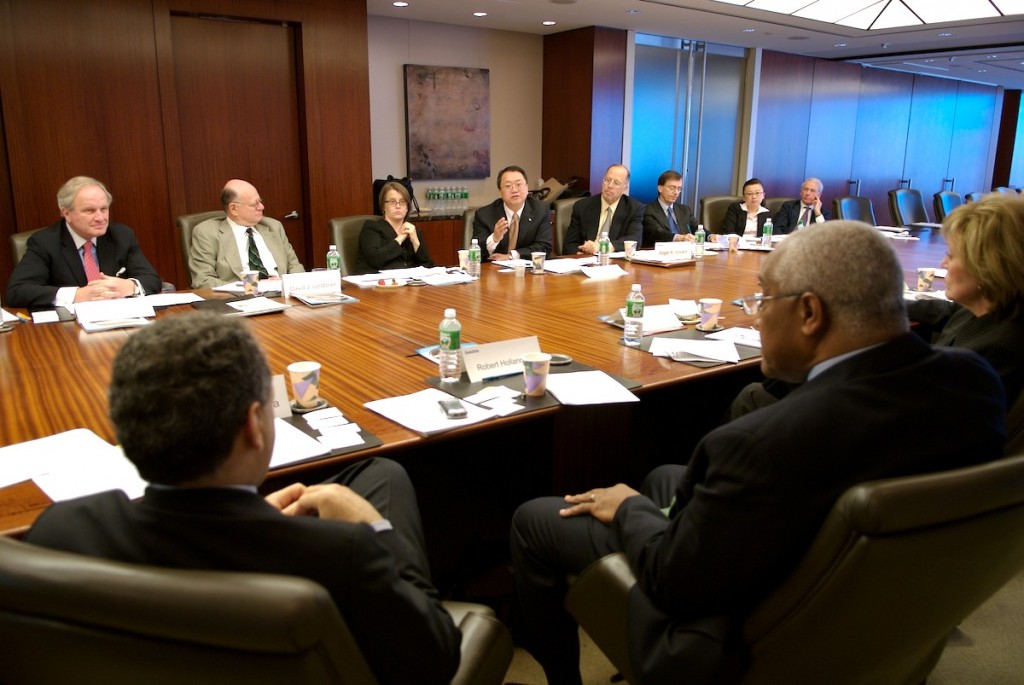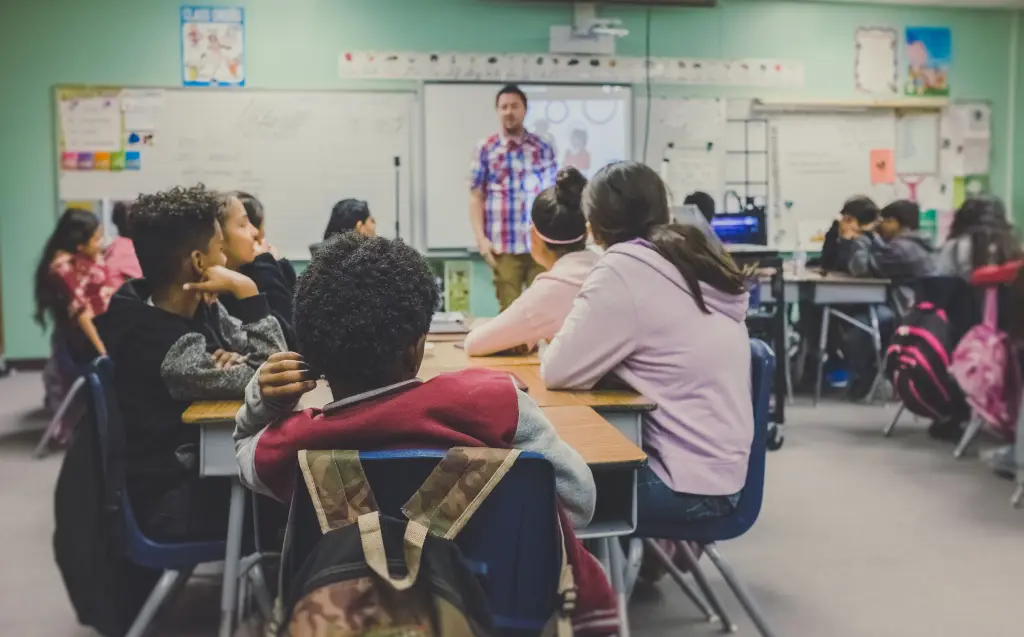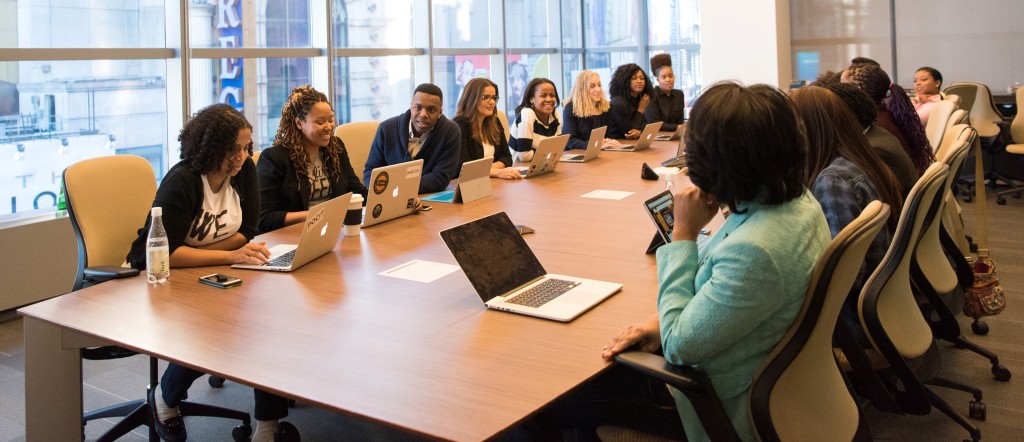The Condition of Education 2021 report published by the National Center for Education Statistics in May includes interesting information about trends in degrees conferred at different levels. In 2018-19, postsecondary institutions conferred 1.0 million certificates below the associate’s level, 1.04 million associate’s degrees, 1.97 million bachelor’s degrees, 833,800 master’s degrees, and 187,000 doctor’s degrees.
The report indicates the change in certificates and degrees conferred from 2009-10 to 2018-19 disaggregated by type of postsecondary institution. The data shows some significant differences between public institutions and private nonprofit institutions. The reader should bear in mind that the category “public institutions” would include 2-year institutions, whereas most “private nonprofit institutions” would be 4-year institutions. This analysis suggests that graduate programs will hold more potential for enrollment growth for private nonprofit institutions than associate’s and bachelor’s programs.
With respect to certificates below the associate’s level, they have declined in popularity by a fourth at private nonprofit institutions while increasing in popularity by half at public institutions. This trend may reflect the increase in 2-year institutions developing certificates in coordination with local companies and industries. Private nonprofit institutions have doubtless discovered that they cannot compete with the low prices of community colleges, and perhaps they have found that there is not much demand for certificates in their context. Certificates awarded at private nonprofit institutions peaked in 2014-15 at 46,100 but then decreased by 44 percent from 2014-15 to 2018-19 to 25,900. This trend would suggest caution in developing new certificate programs.
Associate’s degrees have increased by 43% at public institutions while increasing a tepid 17% at private nonprofit institutions. This increase may reflect initiatives by state governments to provide inexpensive or free education at 2-year community colleges. The data suggests that associate’s degrees do not hold much potential for growth for private nonprofit institutions.
Bachelor’s degrees have increased by 28% at public institutions while increasing only 14% at private nonprofit institutions. This trend may indicate that private nonprofits have been affected much more by the demographic decline of college students, by increasing concern for affordability and student loan amounts, and by declining interest in on-campus residence. For example, the immediate college enrollment rate of high school completers at 4-year institutions increased from 41.4 percent in 2010 to 44.4 percent in 2019, a numerical increase of 103,000. There were only 18,000 more high school completers in 2019 than in 2010. For the future, private nonprofit institutions will continue to struggle to increase their undergraduate enrollment.
Master’s degrees have increased 20% at public institutions but 27% at private nonprofit institutions (from 300,000 to 381,000). Master’s programs may hold the greatest potential for growth for private nonprofit institutions. From 2009-10 to 2018-19, bachelor’s degrees conferred by private nonprofit institutions increased by 72,300, but master’s degrees conferred increased by 80,800.
Doctor’s degrees increased 20% at public institutions but only 14% at private nonprofit institutions. The slower increase at private nonprofits may reflect the fact that most of them are 4-year liberal arts colleges. However, if these institutions desire to expand their mission and increase their enrollment, they should consider adding master’s and doctoral programs to their offerings.
The table below summarizes the information broken down by total postsecondary degrees, public institutions, private nonprofit institutions, and private for-profit institutions.
Increase in Degrees Conferred (2009-10 to 2018-19):
| Degree | All Institutions | Public | Private Nonprofit | Private For-Profit |
| Certificates | 7% | 51% | -27% | -39% |
| Associate’s | 22% | 43% | 17% | -58% |
| Bachelor’s | 22% | 28% | 14% | -0.005% |
| Master’s | 20% | 20% | 27% | -6% |
| Doctorate | 18% | 20% | 14% | 58% |



